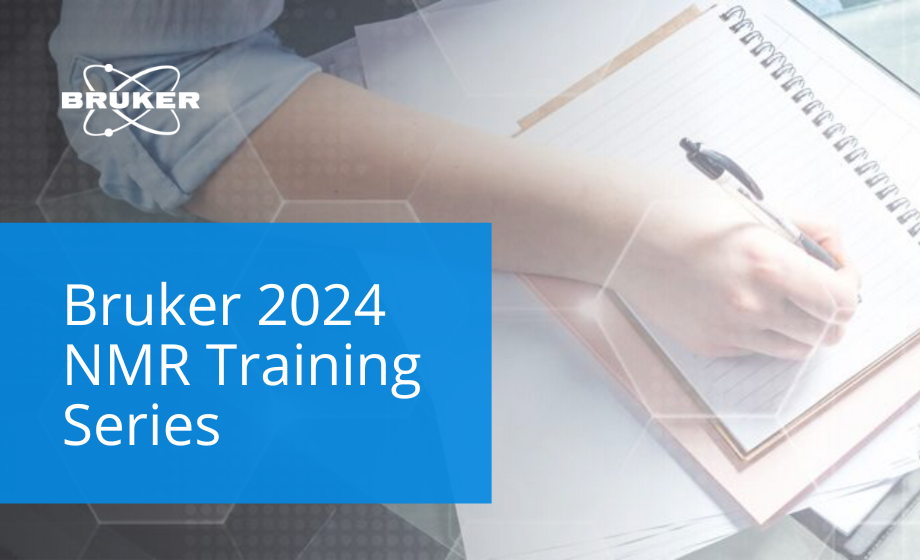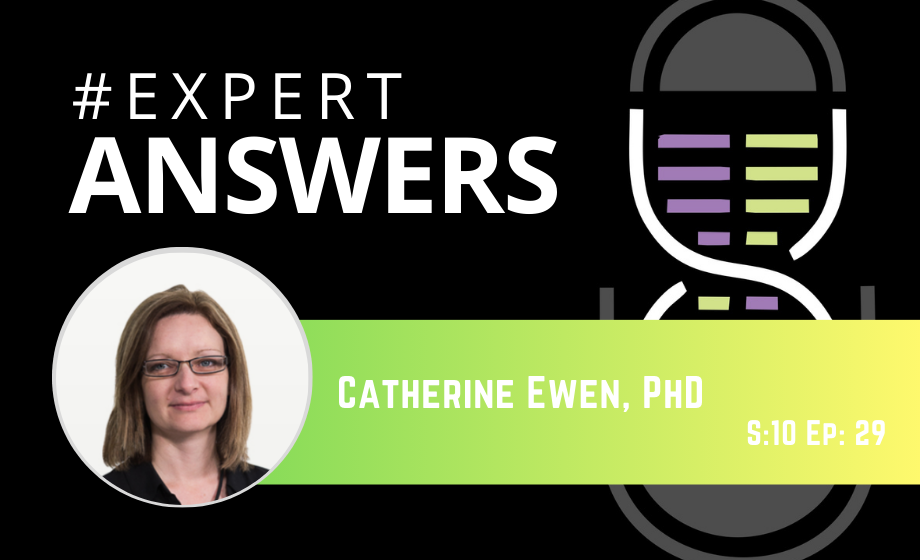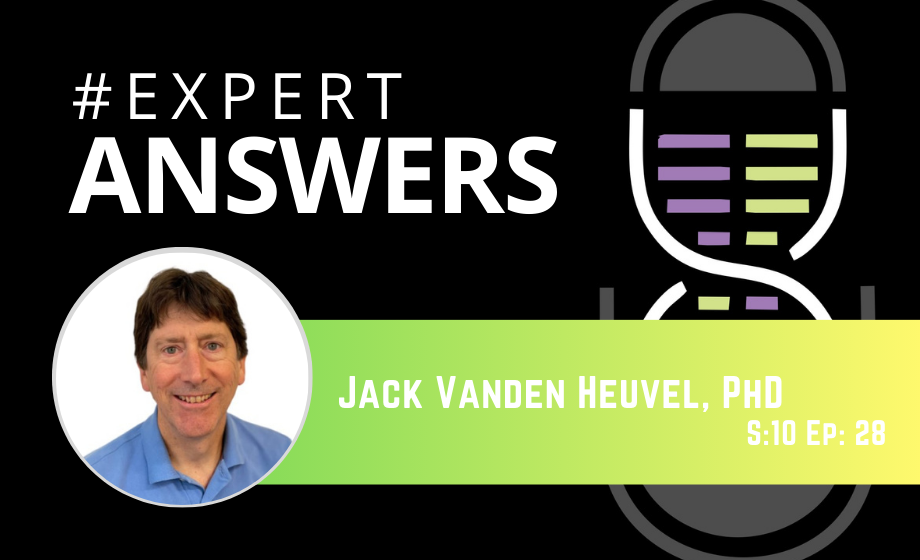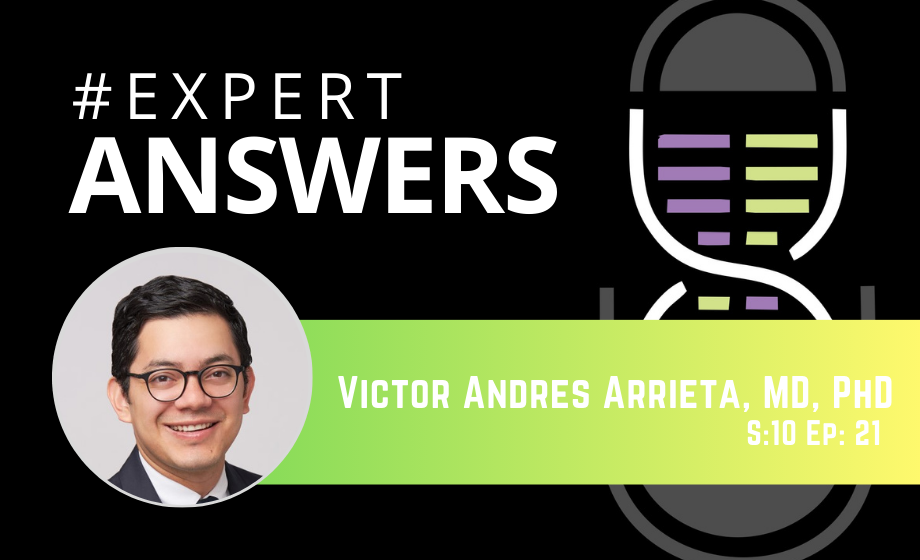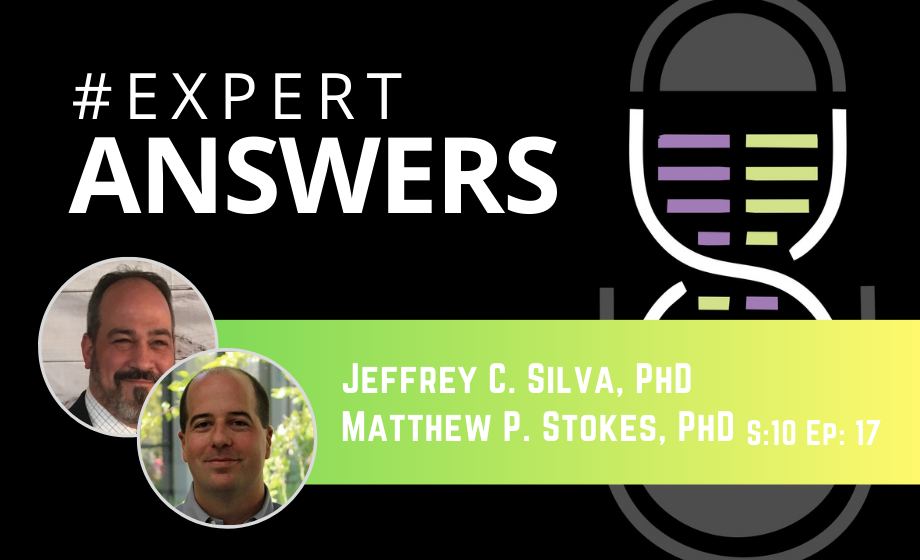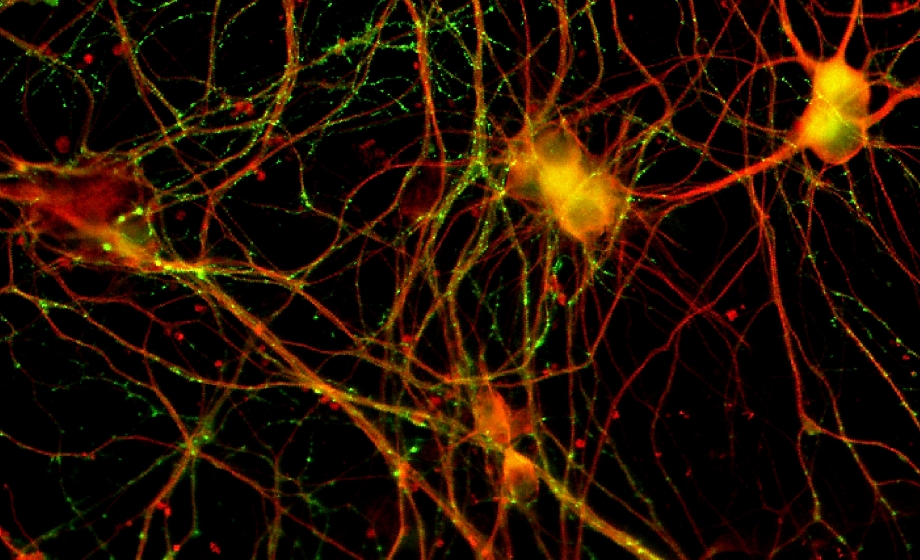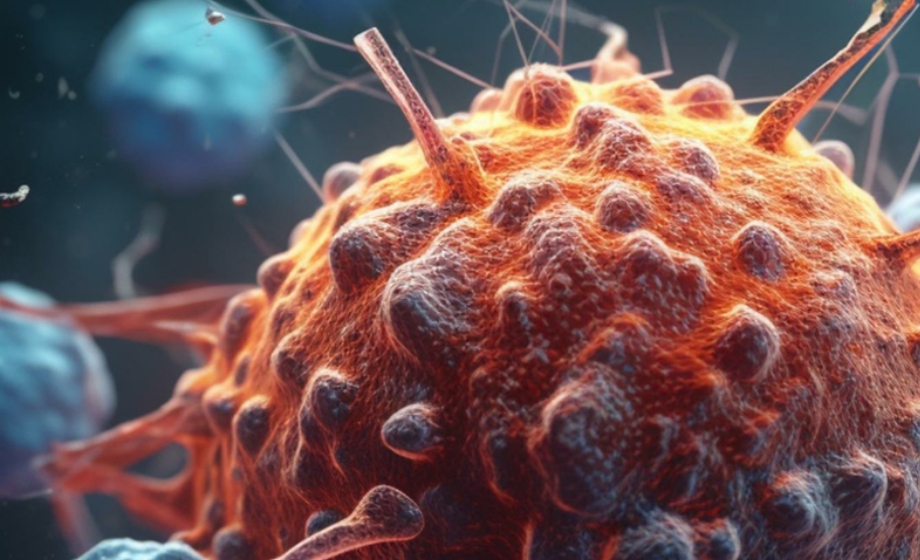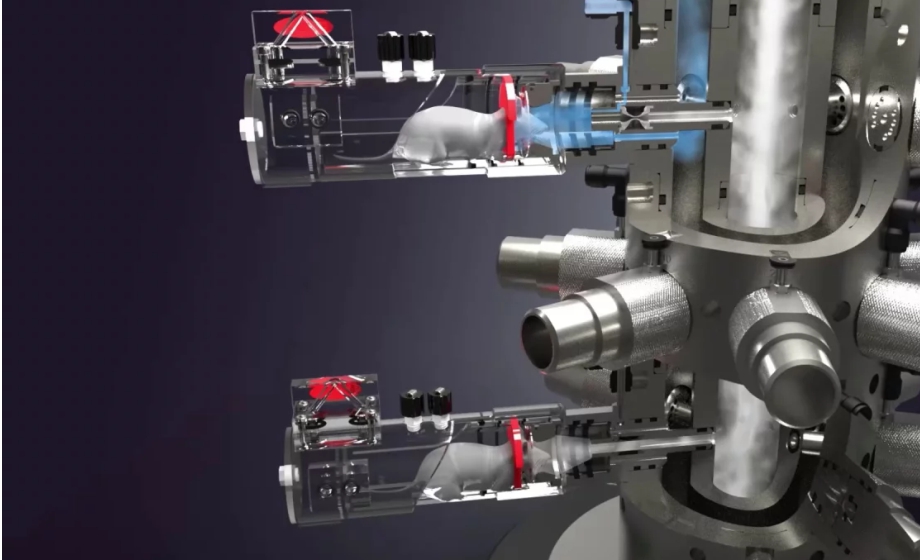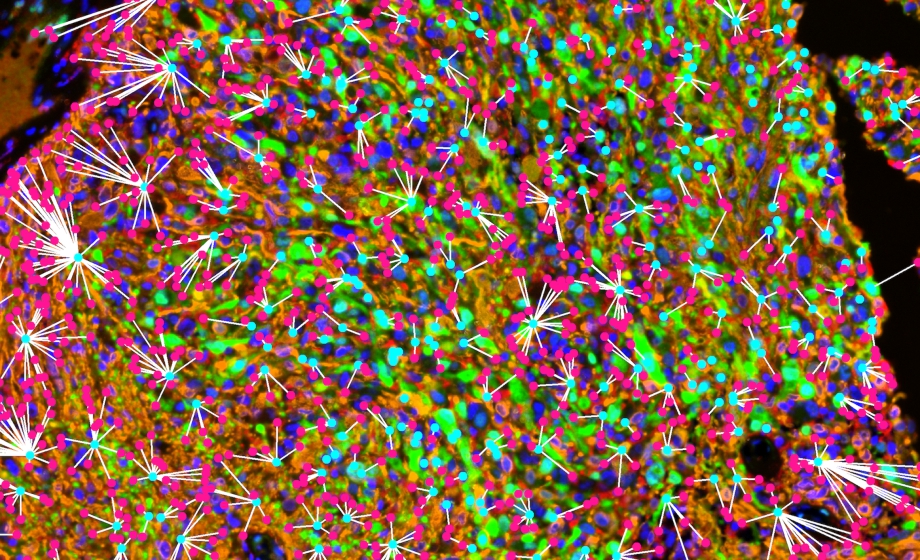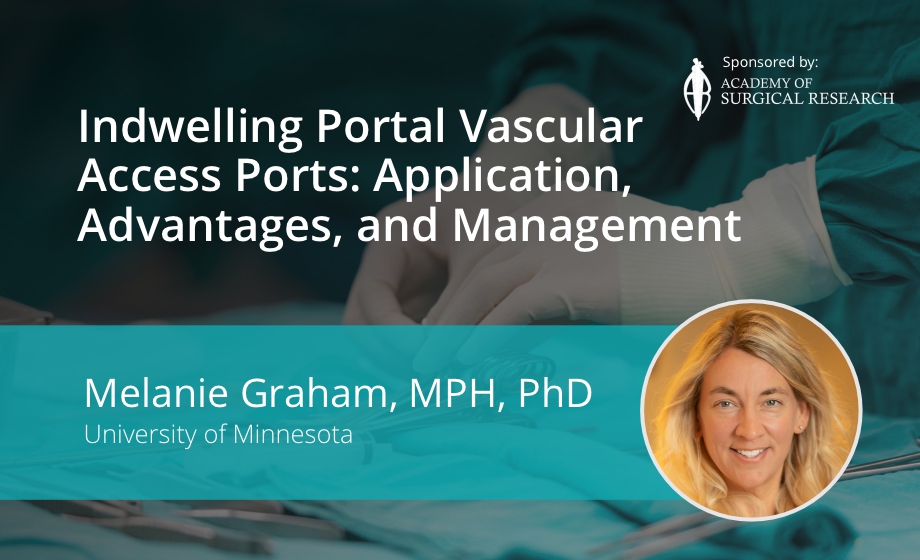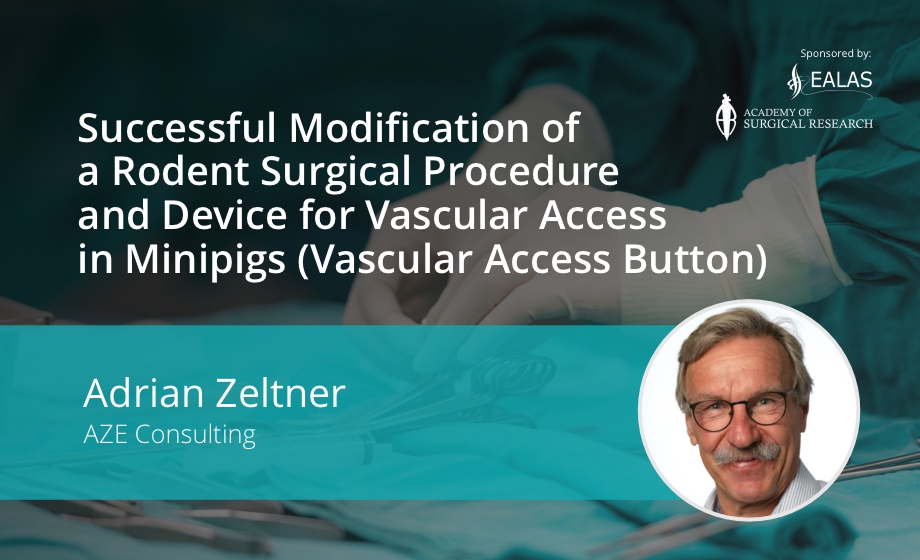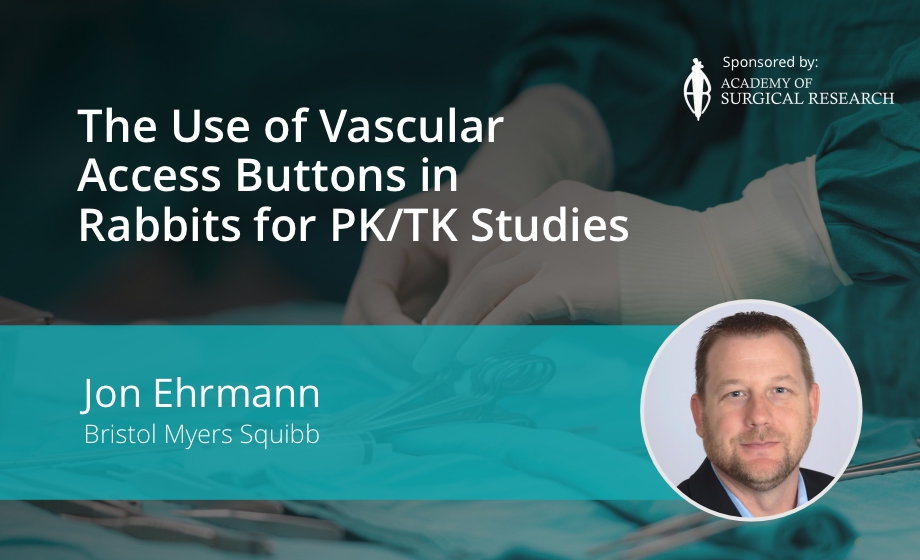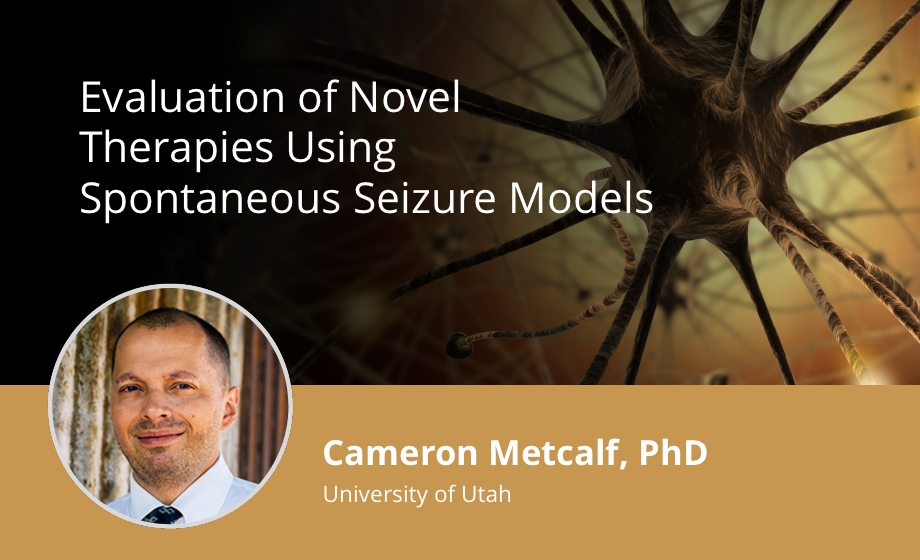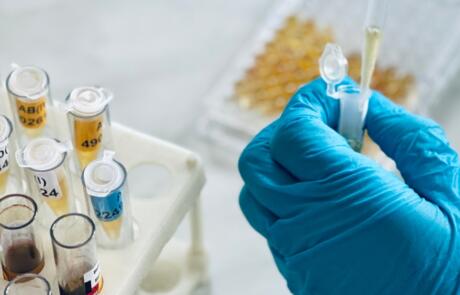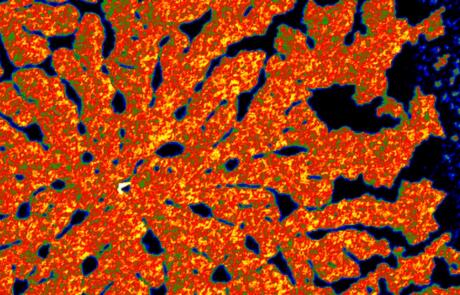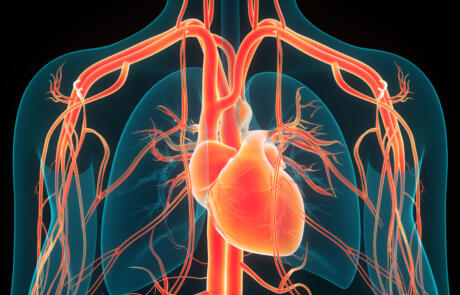Innovative Approaches to Assessing Thyroid Disruption: The 3D Human Thyroid Microtissue Model
Dr. Chad Deisenroth, PhD, from the US EPA, introduces an advanced human in vitro 3D thyroid microtissue model designed to evaluate thyroid hormone disruption, addressing current challenges with existing models.
Translational T Cell Talks: Scaling for the Future
Join STEMCELL's Translational T Cell Talks on June 11, 2024 for a half-day event featuring presentations on CAR T cell research, new protocols, educational content, and special promotions.
Assessing Antigen-Specific T Cell Functionality With Dendritic Cell/CD8⁺ T Cell Co-Culture
On December 12, 2023, STEMCELL Technologies' Dr. Catherine Ewen described, in detail, how to set up DC (dendritic cell) and CD8ᐩ T cell co-culture experiments that generate antigen-specific CD8ᐩ T cells, and how to assess CD8ᐩ T cell proliferation, functionality, and killing activity. In this Q&A report, you can read her answers to questions asked by the audience. Answers have been edited for length and/or clarity.
Essential Bruker NMR Trainings 2024
Join Bruker experts online for 1 hour every month in this essential training program designed for NMR Scientists.
Evaluation of Novel Therapies Using Spontaneous Seizure Models
Cameron Metcalf and Katrina Irey answer questions from a recent webinar on technical requirements and benefits of spontaneous seizure models and epilepsy therapy development.
#ExpertAnswers: Catherine Ewen on Setting Up DC and CD8⁺ T Cell Co-culture Experiments
Dr. Catherine Ewen from STEMCELL Technologies answers questions from a recent webinar where she describes how to set up DC and CD8⁺ T cell co-culture experiments and assess T cell proliferation and activity.
#ExpertAnswers: Jack Vanden Heuvel on Prediction Drug-Drug Interactions Early
Dr. Jack Vanden Heuvel from Penn State University and INDIGO Biosciences answers questions from a recent webinar where he discusses [...]
#ExpertAnswers: Travis Hardcastle and Seth Hanson on Using CRISPR and iPSCs for Neuroscience Research
Travis Hardcastle and Seth Hanson answer questions from a webinar where they discuss innovative applications of CRISPR and iPSCs in disease modeling and drug discovery.
How to Better Predict Potential Drug Interactions Early in the Discovery Process
Dr. Jack Vanden Heuvel answers questions about the prediction of drug-drug interactions using in vitro assays and gene expression studies.
#ExpertAnswers: Victor Arrieta on Anti-PD-1 Immunotherapy for Recurrent Glioblastoma
Dr. Víctor Andrés Arrieta explores how p-ERK activation links to better survival in rGBM patients treated with anti-PD-1 immunotherapy.
#ExpertAnswers: Jeffrey Silva and Matthew Stokes on Mass Spectrometry-Based Proteomics
Experts from Cell Signaling Technology answer questions from a recent webinar on mass spectrometry-based proteomics.
Successful Modification of a Rodent Surgical Procedure and Device for Vascular Access in Minipigs (Vascular Access Button)
Adrian Zeltner answers questions on the innovative use of the Rat Vascular Access Button in Göttingen Minipigs to streamline blood sampling and infusion.
The Use of Vascular Access Buttons in Rabbits for PK/TK Studies
Jon Ehrmann, BS, SRS, SRA, LATg answers questions regarding use of vascular access buttons in rabbits as a solution to challenges in venipuncture, enhancing blood collection, and intravenous administration for pharmacokinetic studies.
Molecule Transport across Cell Membranes: Electrochemical Quantification at the Microscale
In this Q&A, Sabine Kuss, PhD describes applications and considerations of scanning electrochemical microscopy (SECM) in studying molecule transport across cell membranes.
How to Better Predict Potential Drug Interactions Early in the Discovery Process
Join our webinar to discover effective strategies for early prediction of drug-drug interactions using in-vitro assays and gene expression studies.
Advancing Disease Modeling for Drug Discovery by Modulating iPSCs with CRISPR and Neuronal Differentiation
Explore applications of CRISPR and iPSCs in disease modeling and drug discovery in our upcoming webinar with Synthego and BrainXell.
Assessing Antigen-Specific T-Cell Functionality with Dendritic Cell/CD8⁺ T Cell Co-culture
In this webinar, learn how to set up DC and CD8⁺ T cell co-culture experiments and assess T cell proliferation and killing activity.
Turning Innovative Features Into Practical Benefits Within the Buxco Nose-Only Rodent Inhalation System
UV Shemesh discusses inhalation studies, including filters, aerosol, cleaning, and future research directions.
Exploring Predictive Biomarkers and ERK1/2 Phosphorylation: A New Horizon in Forecasting Survival and Response to Immune Checkpoint Blockade in Glioblastoma Treatment
Víctor Andrés Arrieta, MD, PhD presents glioblastoma research, covering multiplex immunofluorescence, predictive biomarkers, and ERK1/2 phosphorylation.
Turning Innovative Features Into Practical Benefits Within the Buxco Nose-Only Rodent Inhalation System
UV Shemesh presents Buxco's nose-only rodent inhalation system, highlighting how it can improve research efficiency and offer valuable insights in respiratory studies.
Exploring Predictive Biomarkers and ERK1/2 Phosphorylation: A New Horizon in Forecasting Survival and Response to Immune Checkpoint Blockade in Glioblastoma Treatment
In this webinar, Victor Arrieta highlights the link between p-ERK activation and improved survival in rGBM patients using anti-PD-1 immunotherapy.
Indwelling Portal Vascular Access Ports: Application, Advantages, and Management
In this webinar, Melanie Graham, MPH, PhD highlights the benefits and reliability of using vascular access ports (VAPs) in animal models.
Successful Modification of a Rodent Surgical Procedure and Device for Vascular Access in Minipigs (Vascular Access Button)
Adrian Zeltner discusses the innovative use of the Rat Vascular Access Button in Göttingen Minipigs to streamline blood sampling and infusion.
The Use of Vascular Access Buttons in Rabbits for PK/TK Studies
Jon Ehrmann presents the use of vascular access buttons in rabbits as a solution to challenges in venipuncture, enhancing blood collection, and intravenous administration for pharmacokinetic studies.
Evaluation of Novel Therapies Using Spontaneous Seizure Models
In this webinar, Dr. Cameron Metcalf covers the technical requirements and benefits of spontaneous seizure models, addressing the challenges and optimization of 24/7 video-EEG data collection for epilepsy therapy development.


